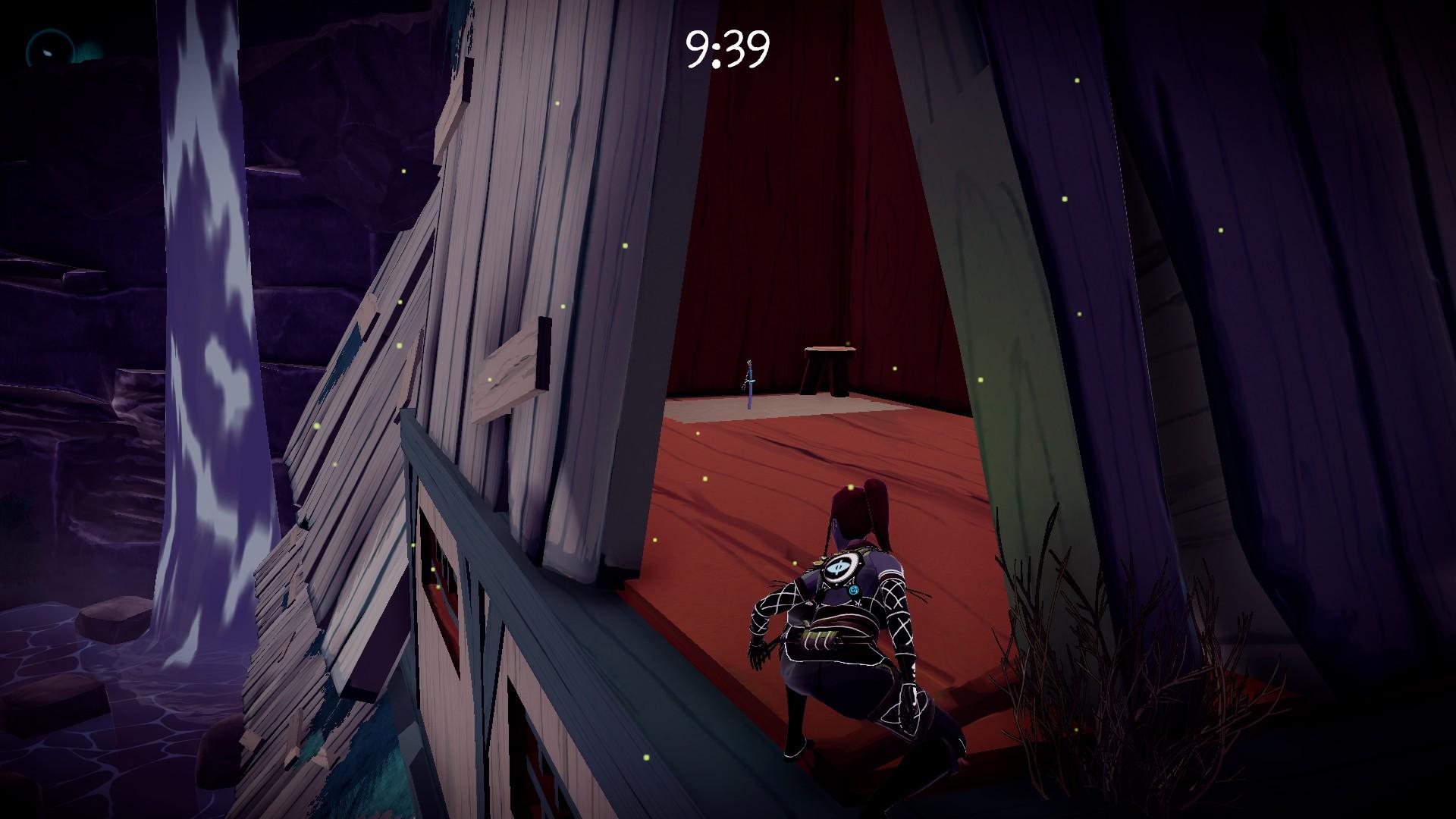
Guards largely exist in one of three states: wholly unaware, curious, and alerted. Unfortunately, Aragami offers little beyond the basic industry standard.

Nevertheless, a game whose primary activity centers around interacting with artificial intelligence - and subsequently gauging its logic and reactions - must be judged upon it. I know that it is an exceedingly complex subject, and I know that the prospect of designing and embedding it into a video game and then letting the general public poke around with it is horrifying to me. I should preface this next portion with a simple declaration: I know next to nothing about artificial intelligence. Unfortunately, these locations are contracted and expanded throughout the experience, meaning that more than a few felt simple by comparison. The freedom to decide which targets must be eliminated (or avoided) first, second, and so on offered my co-op partner and I the chance to feel like genuine badasses upon successfully completing a stage. At its best, Aragami presents the player with a semi-open environment and allows them to decide the best method of approach. The game’s stages feature similar elegance in their visuals - both in aesthetics and cues - but occasionally suffer from the same shallowness seen elsewhere. Outside of the bizarre decision to make said cape obey the laws of physics and, thus, occasionally get caught on the aragami's sheath, it's a truly elegant way of displaying information to the player. Thanks to the designs on the back of his cape, one can also easily surmise both his remaining resources and active power.
#ARAGAMI NIGHTFALL ENDING EXPLAINED FULL#
As he moves from light into darkness, or vice versa, his palette shifts from a full array of colors to the stark contrast of black and white, which naturally clues the player in on his chances of being seen. Nearly everything you could possibly need to know about the aragami's status is cleverly displayed on his actual person.

Let me mention two things Aragami does exceedingly well and pushes its own boundaries on: visual cues and stage design. Since the scrolls can be easily tracked and obtained using a quickly-bought upgrade, I found myself in the latter stages of the campaign buying powers and upgrades without any sort of need (and subsequently, desire), but simply because I needed to spend points.

In actuality, though, the aforementioned non-difficulty in combat means that only a few of these are truly necessary for success. In theory, the player is faced with a diverse array of techniques to aid them in dispatching or avoiding their foes. Each of these nine powers can be "bought" or upgraded with scrolls hidden throughout each stage. Six limited-use powers can be acquired on top of the three granted through the early stages of the campaign. The lack of complexity is especially regrettable when considering the abilities at the aragami's disposal.


 0 kommentar(er)
0 kommentar(er)
